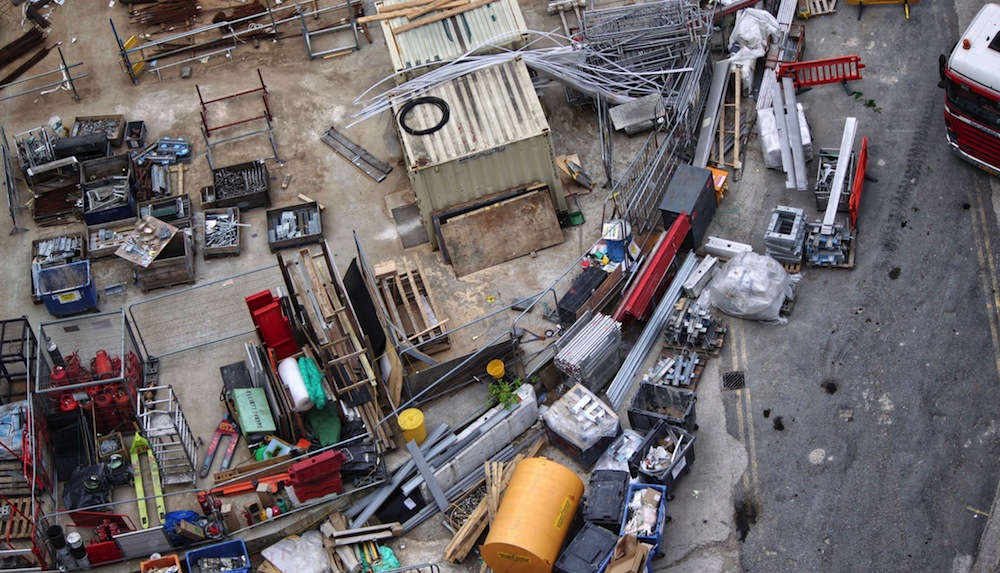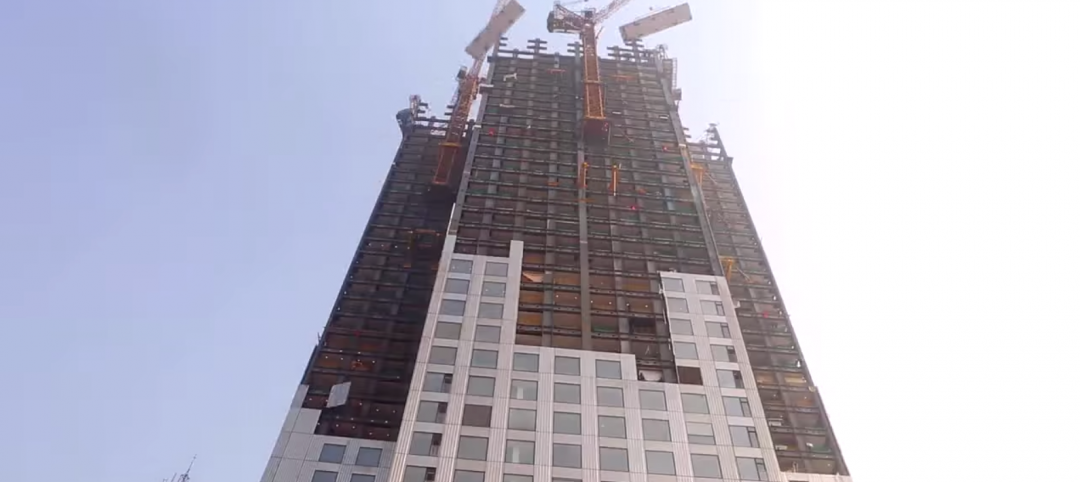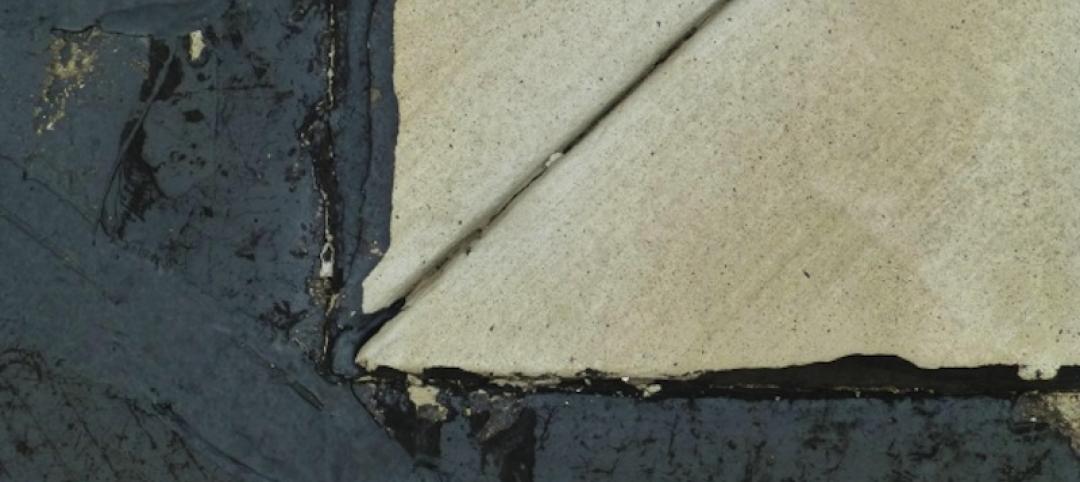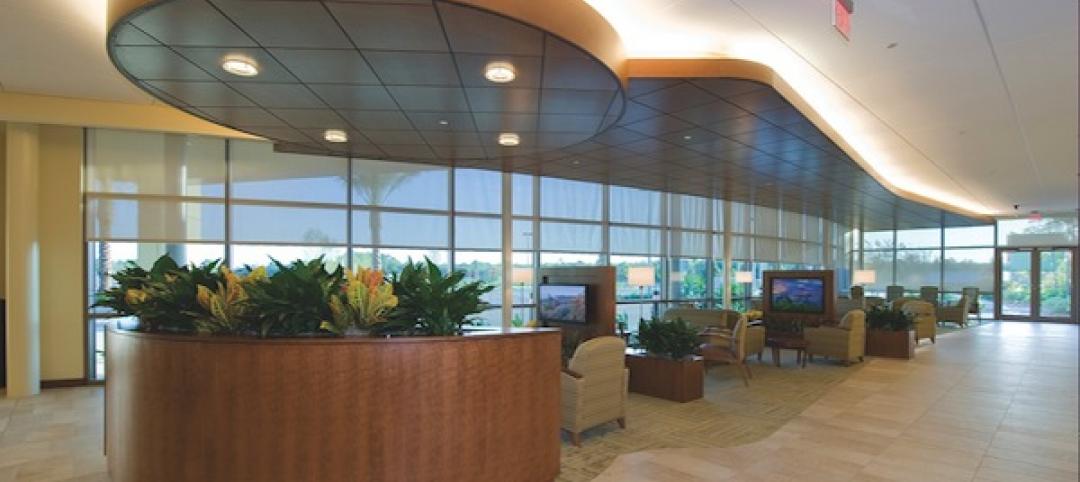The American Institute of Architects (AIA) announced the release of its first-ever white paper on materials transparency and risk, part of an AIA effort to equip the entire profession with consensus-driven guidance on an issue of critical importance to the profession, its suppliers and clients.
“Whether in politics or in building design, transparency is an increasingly necessary element of modern life,” said AIA CEO Robert Ivy, FAIA. “And when it comes to materials - the very substances of our built environment - it's more important than ever for architects to be able to communicate openly about what they contain.”
The white paper is the product of more than a year of effort by the AIA's Materials Knowledge Working Group (MKWG), pursuant to a position statement approved by the AIA Board of Directors in December 2014. In that statement, the AIA recognized that “building materials impact the environment and human health before, during and after their use,” and it encouraged architects “to promote transparency in materials’ contents and in their environmental and human health impacts.”
“Materials transparency & risk for architects: An introduction to advancing professional ethics while managing professional liability risks,” was created by materials specialists but is aimed at all architects. It provides a backdrop on the necessity for materials transparency and the steps architects should be taking to ensure change, promote openness, and increase collaboration between themselves, their suppliers and their clients.
As an introduction to the white paper, the MKWG compiled five guideposts about which every architect should be aware when it comes to materials transparency. They provide first steps to a deeper understanding of what goes into a building and how it impacts its inhabitants:
- Information is key. Everyone involved in a building project—from initial design to occupancy—should have access to information on the potential health and environmental impacts relating to materials products.
- Materials transparency presents opportunities for architects. These opportunities include competitive advantage, thought leadership, design innovation, and environmental and human health leadership.
- New practices and procedures inherently present potential risks. There is always some risk in advocating for materials transparency and sharing composition information with our clients. This white paper explores those risks in detail.
- Manage potential risks with increased transparency. Although the risks associated with materials transparency are new, architects are familiar with risk management. This white paper offers several strategies for effectively evaluating and mitigating risk.
- The AIA has tools and resources to help architects navigate materials transparency risks and opportunities. Along with this white paper and existing online resources, the AIA will soon publish new model contract language to specifically address materials transparency issues. In addition, the MKWG, made up of expert members, practitioners and partner organizations, is continually developing education and practice tools to help architects optimize their approach to materials transparency.
The AIA has published guidance on how to address materials transparency issues in its contract document B503-2007 Guide for Amendments to AIA Owner-Architect Agreements.
Related Stories
Building Materials | Apr 14, 2015
French firm proposes sand and bacteria as building material in the Sahara
Deserts are already abundant with sand, so why not construct buildings out of it? This was the thought behind Flohara, a collection of shelters developed by Paris-based XTU Architects.
Sponsored | Windows and Doors | Apr 14, 2015
Energy Retrofits: Getting the Whole Picture on Energy Analysis
Modular Building | Mar 10, 2015
Must see: 57-story modular skyscraper was completed in 19 days
After erecting the mega prefab tower in Changsha, China, modular builder BSB stated, “three floors in a day is China’s new normal.”
Sponsored | Metals | Mar 10, 2015
Metal Building Systems: A Rising Star in the Market
A new report by the Metal Building Manufacturer's Association explains the entity's efforts in refining and extending metal building systems as a construction choice.
Building Materials | Feb 19, 2015
Prices for construction materials fall in January, following plummet of oil prices
The decline in oil and petroleum prices finally showed up in the produce price index data, according to ABC Chief Economist Anirban Basu.
Steel Buildings | Feb 10, 2015
Korean researchers discover 'super steel'
The new alloy makes steel as strong as titanium.
| Dec 29, 2014
From Ag waste to organic brick: Corn stalks reused to make construction materials [BD+C's 2014 Great Solutions Report]
Ecovative Design applies its cradle-to-cradle process to produce 10,000 organic bricks used to build a three-tower structure in Long Island City, N.Y. The demonstration project was named a 2014 Great Solution by the editors of Building Design+Construction.
| Dec 28, 2014
New trends in ceiling designs and materials [AIA course]
A broad array of new and improved ceiling products offers designers everything from superior acoustics and closed-loop, recycled content to eased integration with lighting systems, HVAC diffusers, fire sprinkler heads, and other overhead problems. This course describes how Building Teams are exploring ways to go beyond the treatment of ceilings as white, monolithic planes.
| Oct 30, 2014
CannonDesign releases guide for specifying flooring in healthcare settings
The new report, "Flooring Applications in Healthcare Settings," compares and contrasts different flooring types in the context of parameters such as health and safety impact, design and operational issues, environmental considerations, economics, and product options.
| Oct 16, 2014
Perkins+Will white paper examines alternatives to flame retardant building materials
The white paper includes a list of 193 flame retardants, including 29 discovered in building and household products, 50 found in the indoor environment, and 33 in human blood, milk, and tissues.

















